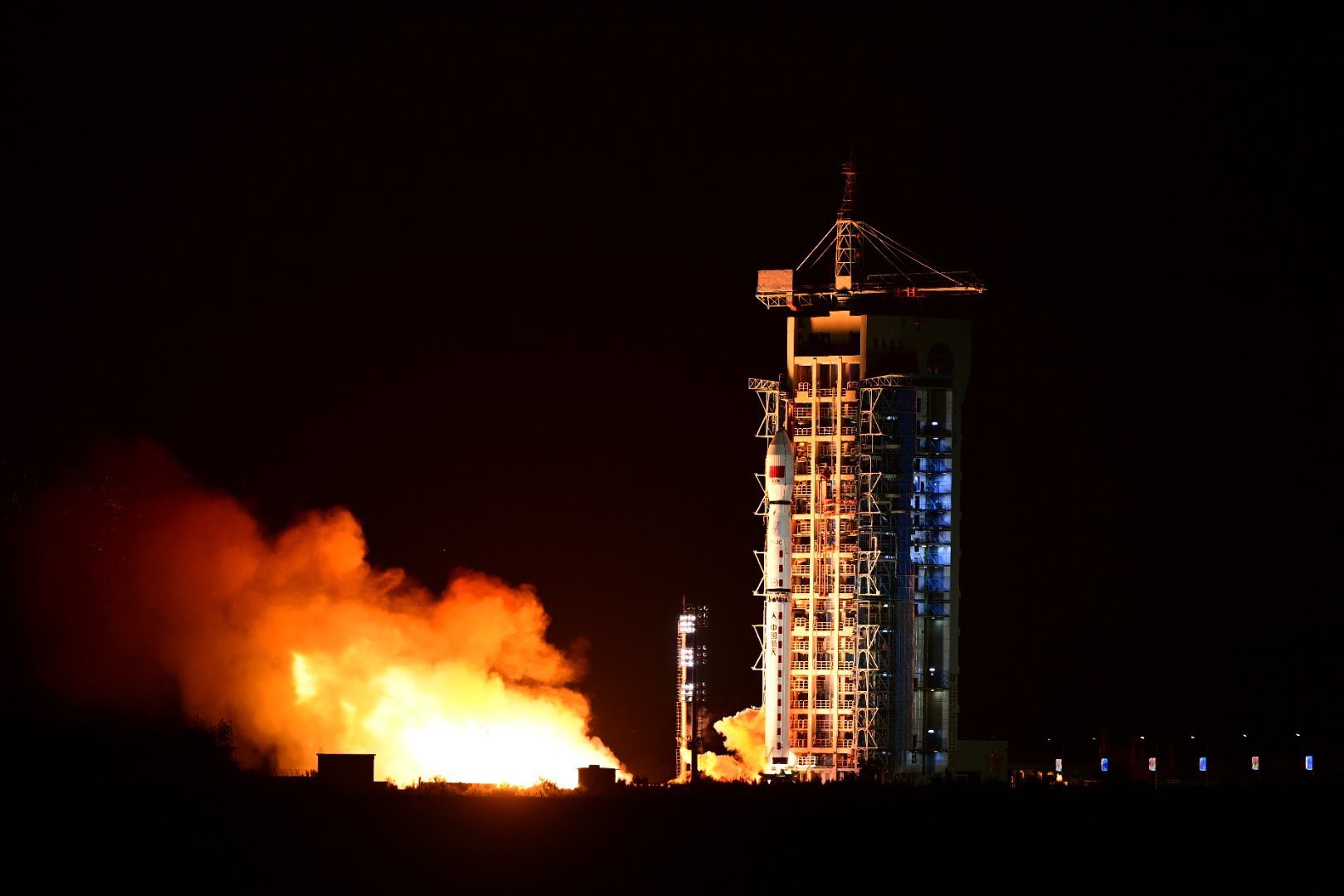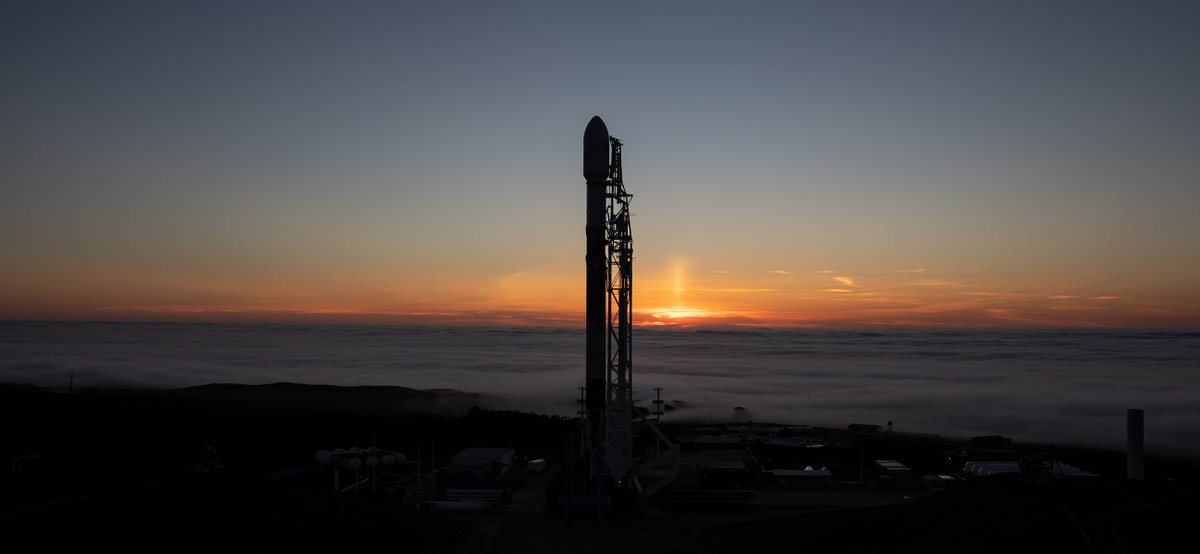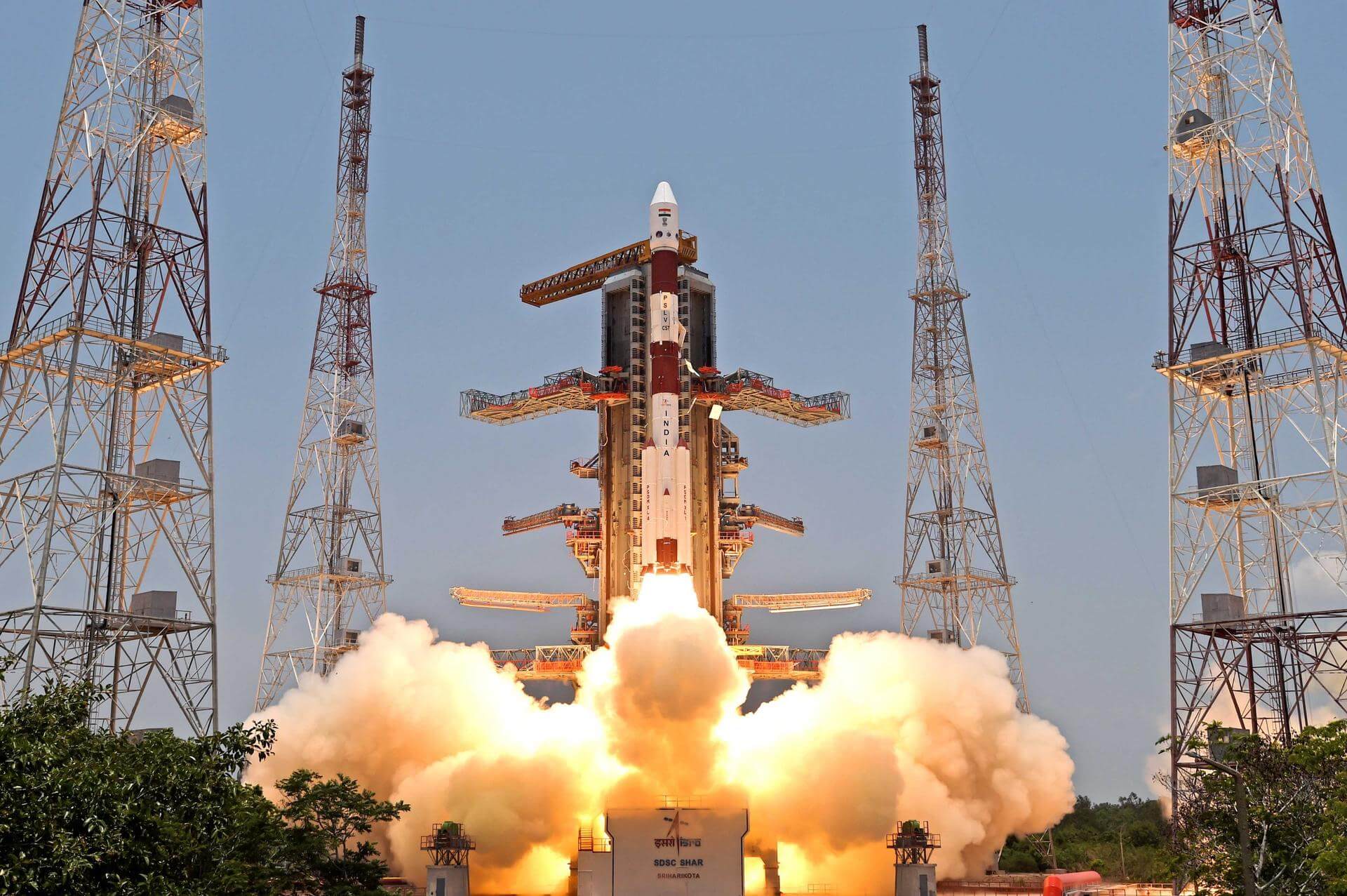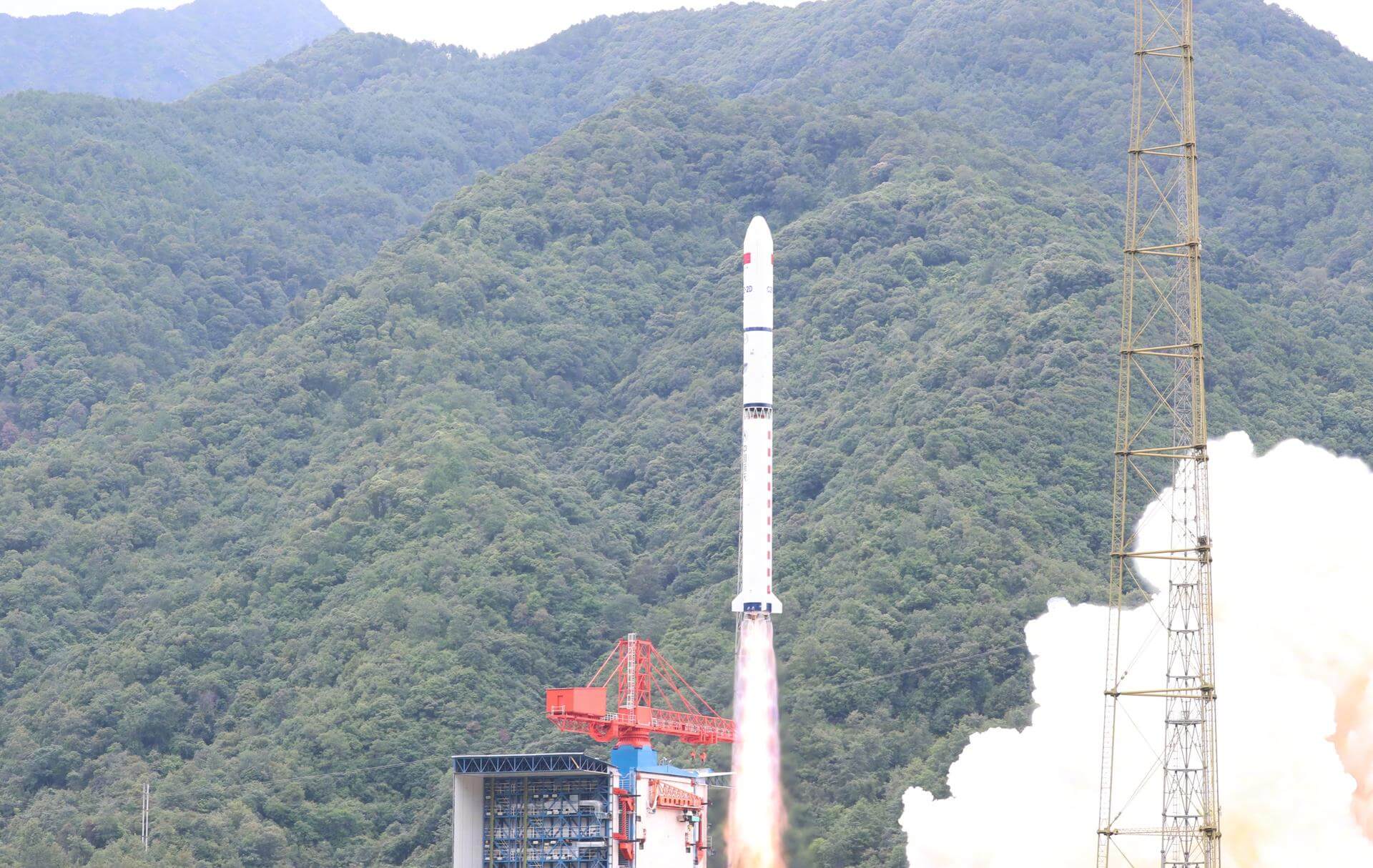Previous Spaceflight Launches
Filter by Agency, Locations or Vehicles
Show All LaunchesLong March 4C | Yaogan 33-03
China Aerospace Science and Technology Corporation | ChinaJiuquan Satellite Launch Center, People's Republic of China
Sept. 6, 2023, 6:14 p.m.
Ceres-1S | Tianqi 21-24
Galactic Energy | ChinaHaiyang Oriental Spaceport
Sept. 5, 2023, 9:34 a.m.
Falcon 9 Block 5 | Starlink Group 6-12
SpaceX | United States of AmericaKennedy Space Center, FL, USA
Sept. 4, 2023, 2:47 a.m.
Falcon 9 Block 5 | SDA Tranche 0B
SpaceX | United States of AmericaVandenberg SFB, CA, USA
Sept. 2, 2023, 2:25 p.m.
PSLV-XL | Aditya-L1
Indian Space Research Organization | IndiaSatish Dhawan Space Centre, India
Sept. 2, 2023, 6:20 a.m.
Status: Launch Successful
Mission:
Aditya L1 is an Indian solar observation satellite to be placed at the Sun-Earth Lagrangian point L1. The major scientific objectives of the mission are to achieve a fundamental understanding of the physical processes that heat the solar corona, accelerate the solar wind and produce Coronal Mass Ejections (CMEs). Originally the mission design started as a small LEO satellite carrying only a coronagraph as a payload. In order to get the best science from the Sun, continuous viewing of the Sun is preferred. A Satellite placed in the halo orbit around the L1 Lagrangian point of the Sun-Earth system has the major advantage of continuously viewing the Sun without any occultation/ eclipses.
Heliocentric L1Falcon 9 Block 5 | Starlink Group 6-13
SpaceX | United States of AmericaCape Canaveral SFS, FL, USA
Sept. 1, 2023, 2:21 a.m.
Long March 2D | Yaogan 39 Group 01
China Aerospace Science and Technology Corporation | ChinaXichang Satellite Launch Center, People's Republic of China
Aug. 31, 2023, 7:36 a.m.
Falcon 9 Block 5 | Starlink Group 6-11
SpaceX | United States of AmericaCape Canaveral SFS, FL, USA
Aug. 27, 2023, 1:05 a.m.
Falcon 9 Block 5 | Crew-7
SpaceX | United States of AmericaKennedy Space Center, FL, USA
Aug. 26, 2023, 7:27 a.m.
Ceres-1 | Jilin-1 Wideband-02A
Galactic Energy | ChinaJiuquan Satellite Launch Center, People's Republic of China
Aug. 25, 2023, 4:59 a.m.









